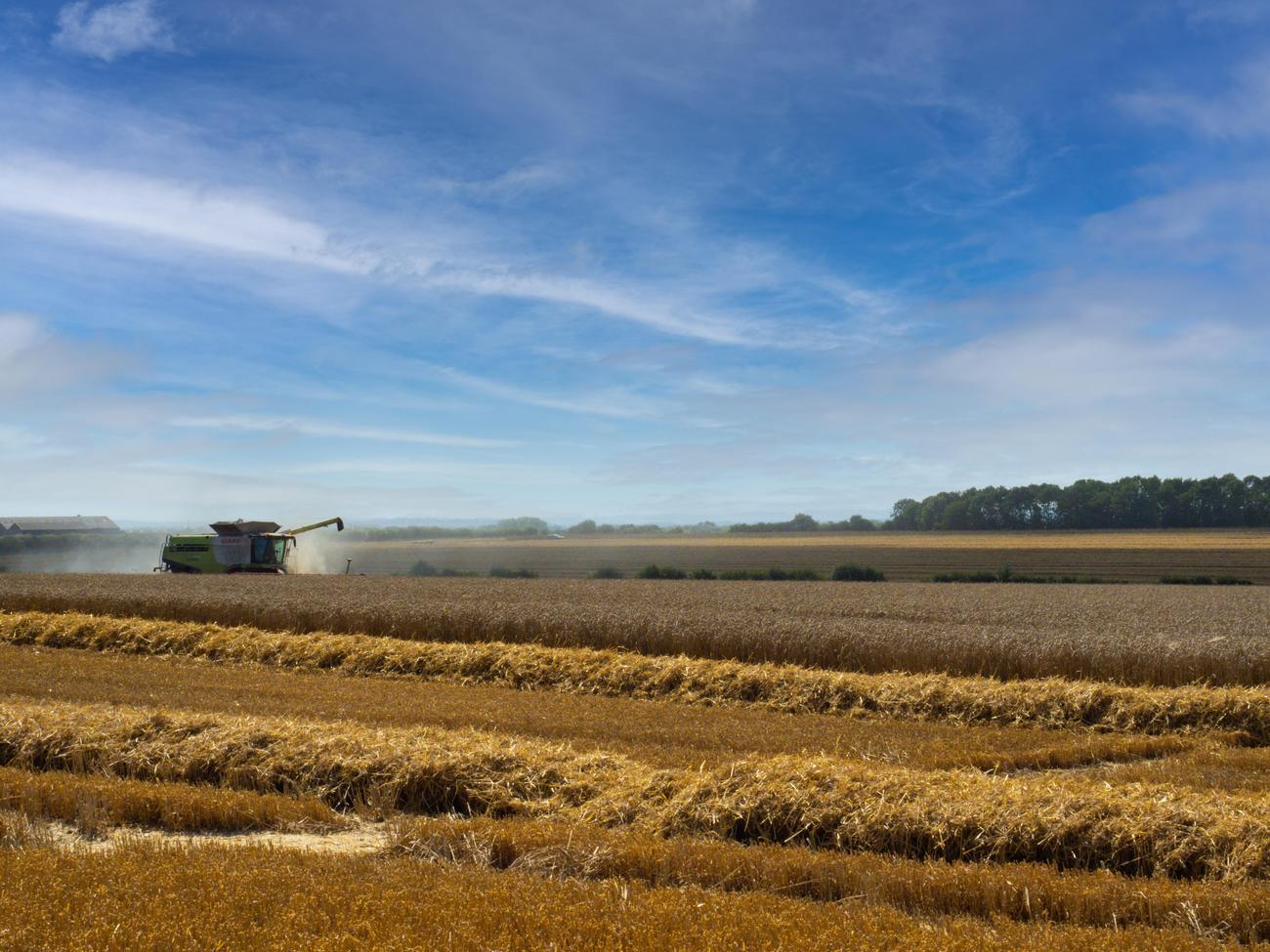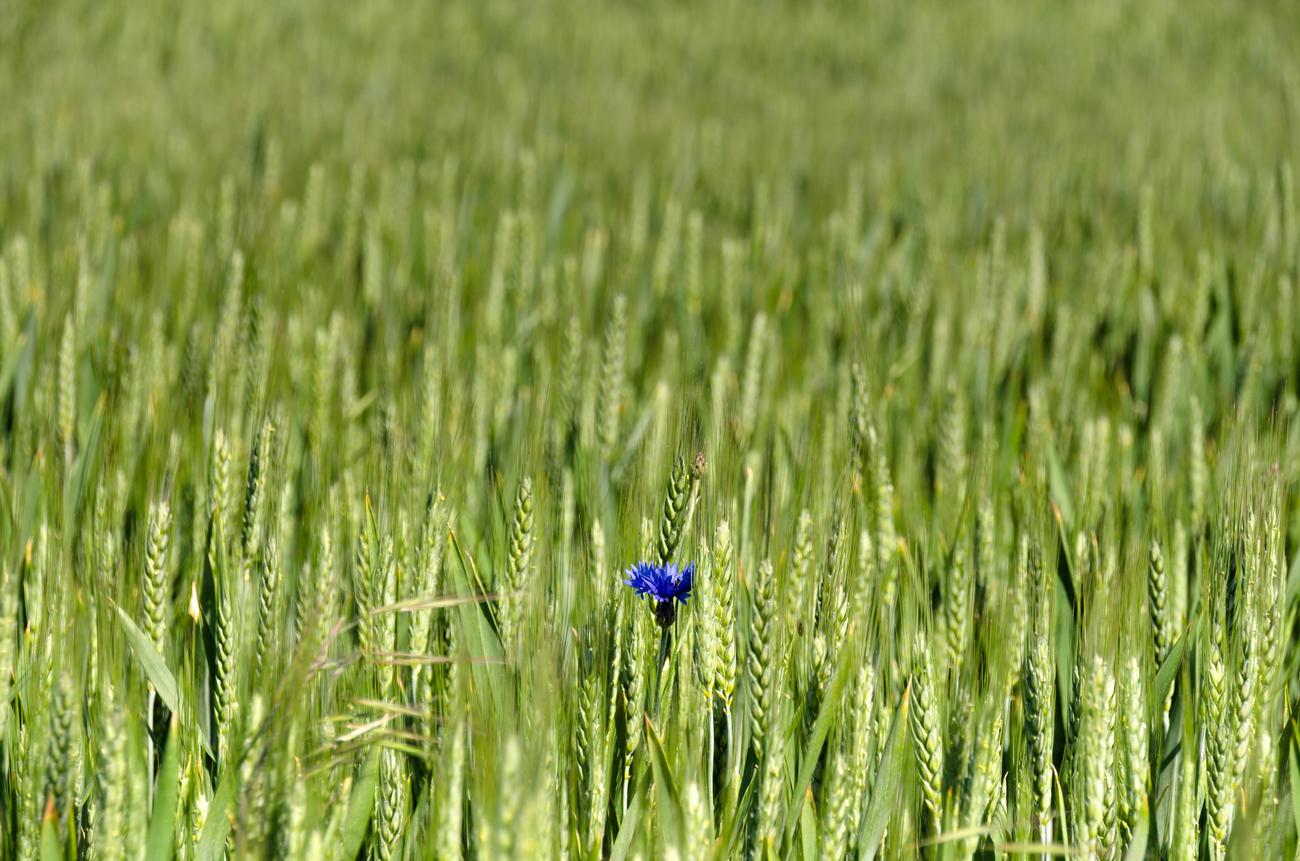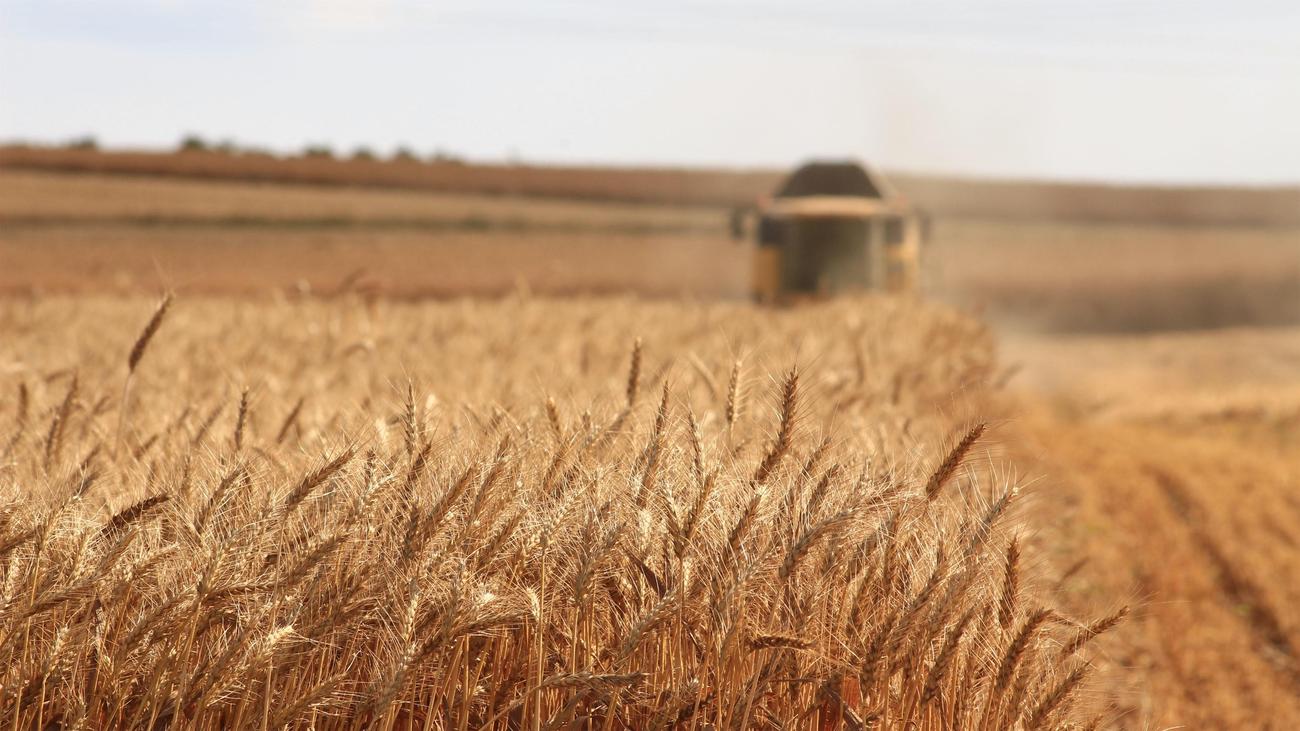Have you ever looked at a grain elevator and wondered about its secrets? Well, get ready to embark on a journey with me as we delve into the hidden world of grain elevators and explore the lesser-known aspects of these towering structures. As an industry-experienced researcher with a passion for agriculture, I have dedicated years to understanding the intricate details of grain production and storage. Now, armed with my expertise and insatiable curiosity, I am here to share with you the fascinating stories and insider knowledge that lies within the realm of grain elevators. So, fasten your seatbelts and let’s unravel the mysteries together!

Unveiling the Hidden World of Grain Elevators: Exploring Lesser-Known Aspects
Leser-Known Aspects of Grain Elevators
Grain elevators play a vital role in the agricultural industry, facilitating the storage, processing, and distribution of grains. While these towering structures may often go unnoticed by the average person, they hold fascinating stories and lesser-known features that deserve exploration. As an industry-experienced researcher with a passion for uncovering hidden narratives, I am excited to unveil some intriguing aspects of grain elevators that you may not have known before.
Grain Elevator Classification: Country vs. Terminal Elevators
Grain elevators can be divided into two main categories: country elevators and terminal elevators. Country elevators are smaller facilities located in rural areas, where they receive grain directly from local farms during the harvest season. They serve as collection points for farmers to bring in their grains, offering convenience and saving transportation costs. On the other hand, terminal elevators are larger and more complex operations. In addition to receiving grain, they perform essential functions such as drying, cleaning, blending, and storing grain before it is shipped to its final destination. Terminal elevators take on a more prominent role in the grain trade, handling larger quantities and incorporating additional processing steps to ensure the quality and suitability of the grains.
Key Point:
Grain elevators are classified into country and terminal elevators. Country elevators are smaller and primarily involved in receiving grain from local farms, while terminal elevators are larger and perform additional processing and storage functions.
The Intricate Design of Grain Elevators
Have you ever wondered why these structures are called “elevators”? The answer hides within their design. When grain is unloaded, it is conveyed upward using augers or bucket elevators into storage bins. These bins are strategically placed at various levels within the elevator, allowing the grain to be efficiently distributed and discharged by gravity when needed. This design enables a streamlined flow of operations, enhancing productivity and minimizing the need for manual labor.
Key Point:
Grain elevators are named for their design, as grain is elevated using augers or bucket elevators into storage bins at different levels within the structure.
Challenges and Safety Concerns in Grain Elevators
While grain elevators are crucial components of the grain trade, they also present unique challenges and safety concerns. Explosions pose a significant hazard, particularly in countries with massive grain production and export, such as the USA and Canada. Factors such as the buildup of combustible dust, ignition sources, and confined spaces contribute to the potential for explosions. To mitigate these risks, strict safety protocols, regular equipment maintenance, and adherence to preventive measures are essential. Proper training and awareness among elevator workers and owners are key to ensuring the safety and well-being of all involved.
Key Point:
Grain elevators are not without risks, as explosions can occur due to factors like combustible dust. Strict safety protocols and maintenance are crucial in preventing such incidents.
The Process Operations of Grain Elevators
Grain elevators encompass a range of process operations that are vital to their functionality. These operations include receiving, handling, processing, and manufacturing of grain products. During the receiving stage, grain is evaluated for quality and moisture content. Handling entails the movement of grain within the elevator, utilizing equipment such as conveyors and elevators to transport it to the desired location. Processing involves additional procedures like cleaning, drying, and blending to enhance grain quality. Lastly, the manufacturing stage transforms the grain into various products, such as flour or animal feed. Each of these operations plays a crucial role in ensuring the efficient and effective functioning of grain elevators.
Key Point:
Grain elevators involve several process operations, including receiving, handling, processing, and manufacturing of grain products.
Financial Peculiarities in Grain Elevators
The financial aspect of grain elevators is an important facet to consider. A study conducted in Russia analyzed and systematized the organizational peculiarities of modern grain elevators. It explored aspects such as ownership structure, financing options, and operational efficiency. Understanding the financial dynamics of grain elevators not only illuminates their business model but also sheds light on the economic impact they have within the grain trade industry.
Key Point:
The financial aspects of grain elevators have been studied to identify organizational peculiarities, providing insights into their business operations.
Importance of Cleanliness and Equipment Maintenance
Maintaining cleanliness and ensuring the proper maintenance of equipment are pivotal factors in the functionality of grain elevators. Due to the nature of grains, they can accumulate debris, dust, and pests, resulting in contamination and potential hazards. Regular cleaning, both internal and external, is crucial to prevent these issues. Additionally, routine maintenance of equipment such as conveyor belts, elevators, and storage bins is essential to prevent breakdowns and ensure uninterrupted operations. By prioritizing cleanliness and equipment maintenance, grain elevator operators can uphold the quality and efficiency of their operations.
Key Point:
Cleanliness and equipment maintenance are vital aspects of grain elevator functionality, ensuring the quality and efficiency of operations.
The Role of Grain Elevators in the Grain Trade
Grain elevators serve as vital waypoints within the grain trade industry. They connect the dots between grain producers and food manufacturers, ensuring the smooth flow of grains from farms to their ultimate destinations. By providing storage capabilities, processing facilities, and strategic distribution points, grain elevators facilitate an efficient and streamlined grain supply chain. They play a crucial role in supporting food production, international trade, and overall food security.
Key Point:
Grain elevators are essential in the grain trade, acting as waypoints to ensure efficient movement of grains from producers to food manufacturers and other destinations.
In conclusion, grain elevators are remarkable structures that hold many fascinating and lesser-known aspects. From their classification into country and terminal elevators to the intricate design that enables efficient grain movement, these facilities play an indispensable role in the agricultural industry. However, they also present unique challenges such as safety concerns and explosion hazards. By understanding the various process operations, financial dynamics, and importance of cleanliness and maintenance, we gain a deeper appreciation for the hidden world of grain elevators and the vital role they play in our food system.
“Unveiling the lesser-known aspects of grain elevators allows us to appreciate the complexities and importance of these structures in the agricultural industry.”
Grain elevators have always held a sense of mystery and intrigue. Did you know that these towering structures have played a vital role in the agricultural industry for centuries? From storing and drying grain to facilitating transportation, grain elevators have revolutionized the way we handle and distribute crops.
If you’re curious to learn more about the fascinating world of grain elevators, we’ve compiled a list of facts about grain elevators that will leave you awestruck. Click here to uncover these intriguing insights: facts about grain elevators.
As you delve into the wonders of grain elevators, you’ll discover the ingenious engineering behind their construction, the historical significance they hold, and the essential services they provide to farmers and consumers alike. Don’t miss out on this opportunity to gain a deeper understanding of these unsung heroes of the agricultural world.
So, what are you waiting for? Embark on a journey of discovery and click on the link above to explore the captivating world of grain elevators. You’ll be amazed at what you uncover!

FAQ
Question 1
What are the main types of grain elevators?
Answer 1
Grain elevators can be classified as either “country” or “terminal” elevators. Country elevators are smaller and receive grain directly from farms during the harvest season, while terminal elevators are larger and perform additional processes such as drying, cleaning, blending, and storing grain before shipment.
Question 2
What are grain elevators made of?
Answer 2
The most widely distributed grain elevators are flat bins and silos made of concrete or steel. These materials provide a sturdy and durable structure for storing and handling grain.
Question 3
Why are grain elevators called elevators?
Answer 3
Grain elevators are called elevators because unloaded grain is conveyed with augers or bucket elevators into storage bins and discharged by gravity. This vertical movement of grain resembles the function of an elevator, hence the name.
Question 4
What are the main issues associated with grain elevators?
Answer 4
The problems posed by grain elevators primarily affect countries with massive grain production and export, such as the USA and Canada. These problems often relate to explosion hazards and associated issues. It is crucial to implement safety measures to prevent accidents and mitigate the risks involved.
Question 5
What are the major process operations at a grain elevator?
Answer 5
The major process operations at a grain elevator include receiving, handling, processing, and manufacturing of grain products. These operations ensure the efficient movement of grain from farms to food producers and other destinations, contributing to the grain trade’s overall functionality.
- China II Review: Delicious Food & Speedy Service - April 17, 2025
- Understand Virginia’s Flag: History & Debate - April 17, 2025
- Explore Long Island’s Map: Unique Regions & Insights - April 17, 2025
















